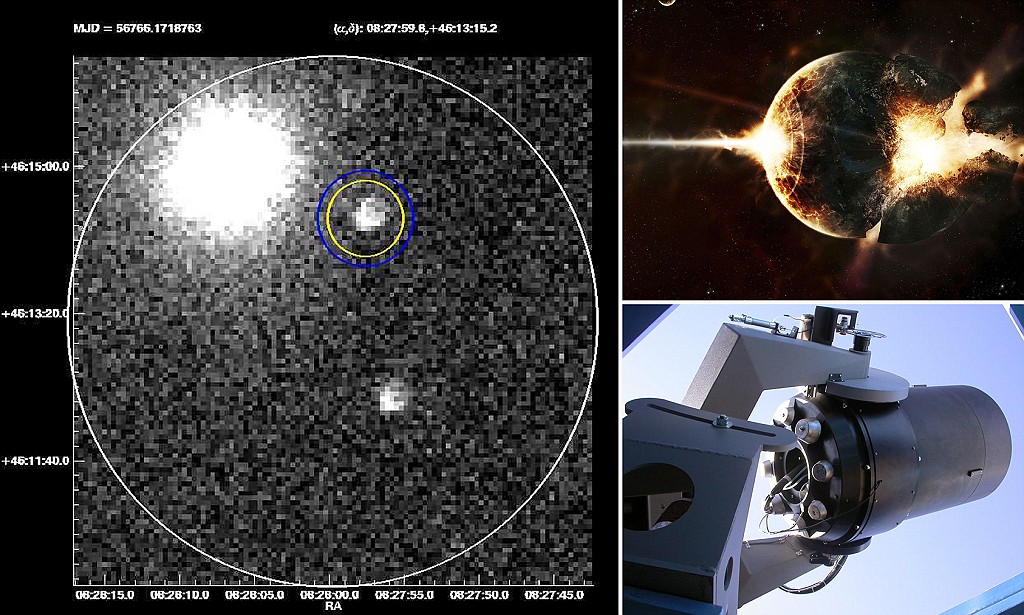
A gamma ray burst that occurred 12.1 billion years ago has been detected, marking one of the earliest known examples of these ultra-powerful explosions. It's also one of the brightest ever seen. Gamma-Ray bursts are rare but exceptionally powerful explosions, thought to occur as neutron stars form or merge. "As NASA points out, gamma-ray bursts are the most powerful explosions in the unive
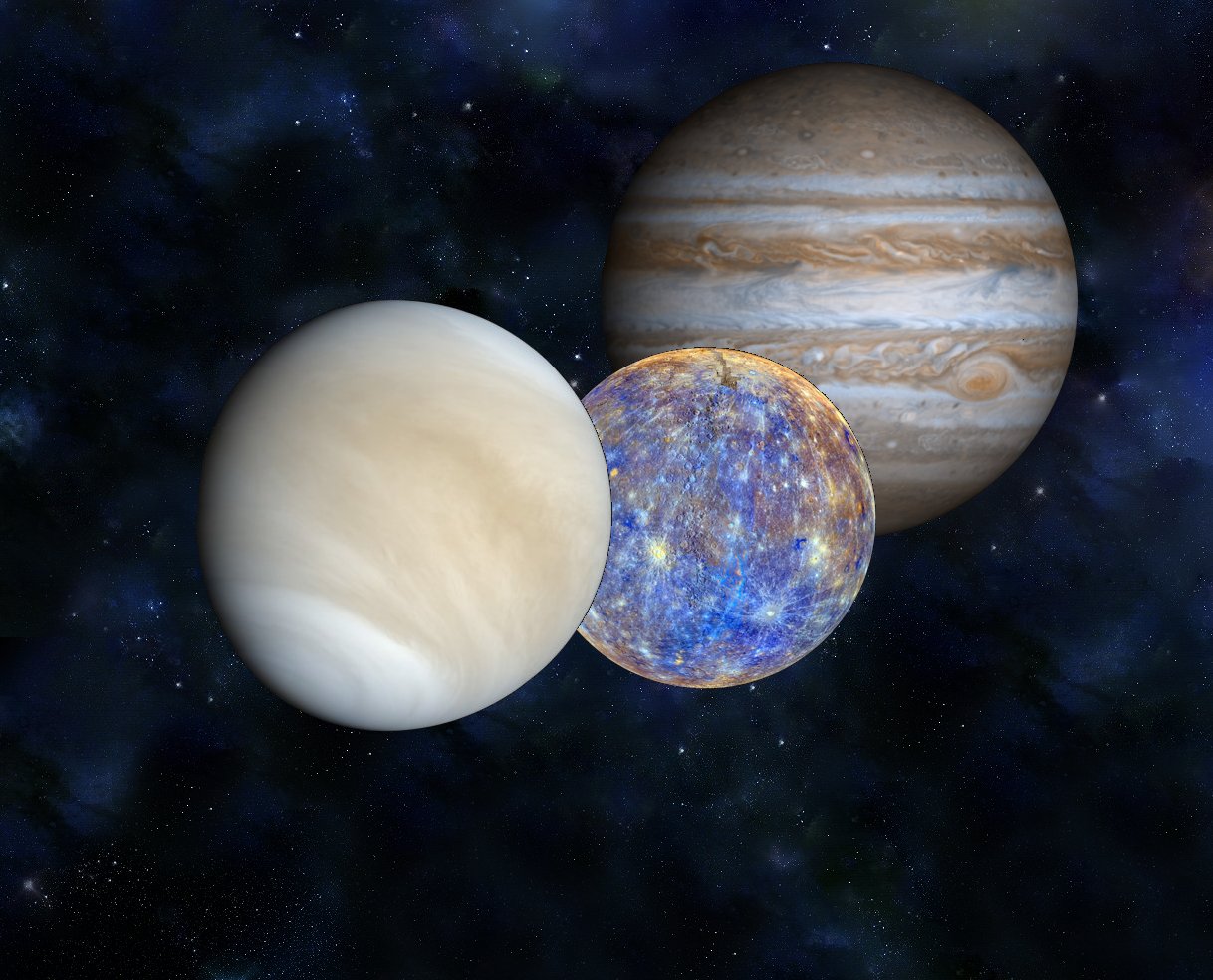
Venus, Mercury, and Jupiter will each appear as naked-eye objects in our skies this week. Composite image courtesy NASA As three stellar jewels take their final bows in the evening sky, Mercury and Venus put on a splendid show for sky-gazers. Cosmic Trio. On Monday, May 19, face the southwestern horizon just after nightfall, and gaze at three of the brightest stars of spring slowly fading aw
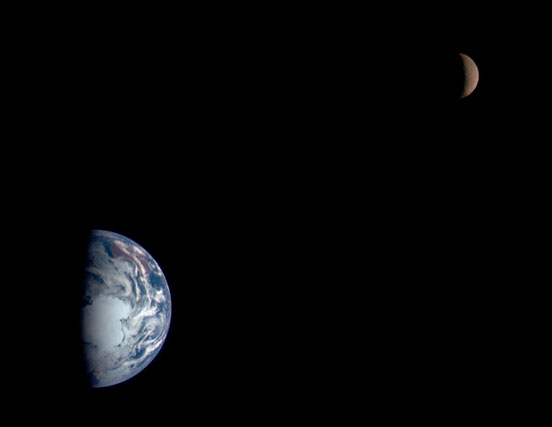
The Earth-Moon system via NASA. It’s comforting to look up at the night sky. The bright stars seem like old familiar friends…the pockmarked Moon is like a steady and unchanging ally. From our perspective on Earth, the universe seems stable and eternal Of course, this isn’t how things really are. In reality, our night sky is in a constant state of flux. Most of you have probably he
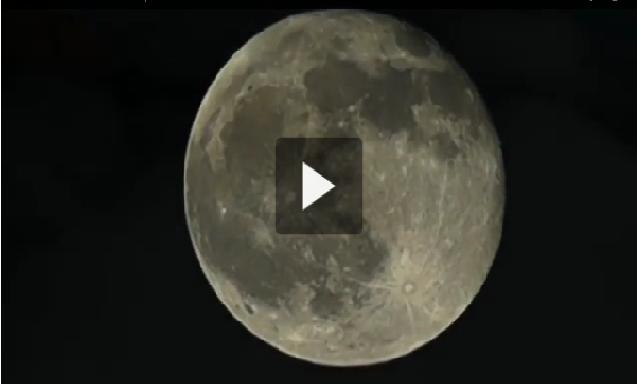
Beautiful Earth, Our Home In this video: Iguazu Falls, Grand Prismatic Spring Music: Up & Forward - Aquamarine (Vol Deeman Remix) Special Dedication: For you Alchera :-) Footage: HOME Project Sherpas Cinema; All I Can TSO Photography (Terje Sorgjerd) European Space Agency Wild Sweden - Look In My Eyes Beautiful World, Germany BBC Planet Earth Winged Migration Moon, Ephermer
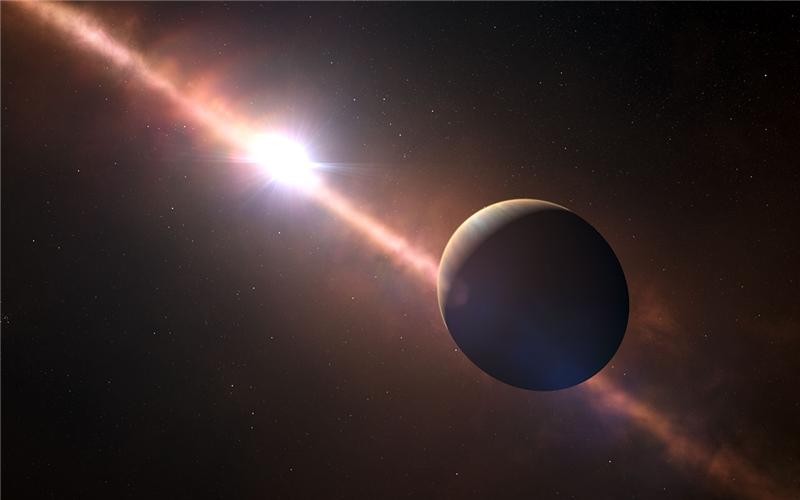
The planet β Pictoris b, at bottom left in this artist's impression spins faster than any planet in the Solar System. Credit: NASA/Goddard Space Flight Center/F. Reddy Astronomers have for the first time managed to detect the rotation of an extrasolar planet, by analysing the way its atmosphere filters light. This technique could also provide clues about planet formation. Ignas Snellen and
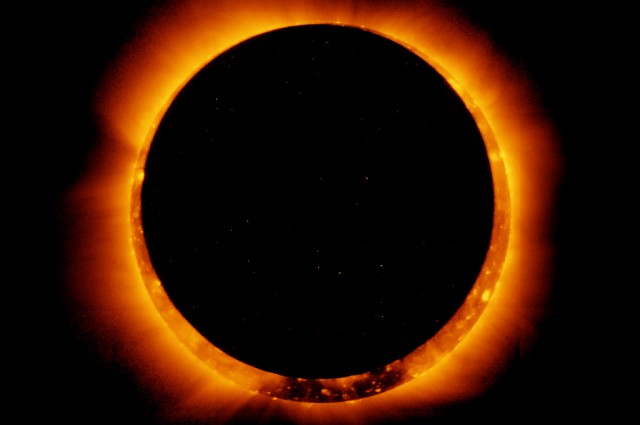
On Tuesday, April 29 at 0517 GMT, the moon will begin to eclipse the sun in the first of two total solar eclipses set to happen this year. When the moon is directly between the sun and the Earth, only the edges of the sun will be visible, resembling a “ring of fire.”

The first night of 2014 also brings with it the first lunar phenomenon of the year: a new moon that’s also a supermoon. It’s one of two supermoons in January (the other is January 30) and one of five for the whole year. What is a supermoon? When the moon orbits slightly closer to Earth than on average, NASA states. Typically, it’s most visible when the moon is full, but that’s not the
 Photographer Finds Locations Of 1960s Postcards To See How They Look Today, And The Difference Is Unbelievable
Photographer Finds Locations Of 1960s Postcards To See How They Look Today, And The Difference Is Unbelievable  Hij zet 3 IKEA kastjes tegen elkaar aan en maakt dit voor zijn vrouw…Wat een gaaf resultaat!!
Hij zet 3 IKEA kastjes tegen elkaar aan en maakt dit voor zijn vrouw…Wat een gaaf resultaat!!  Scientists Discover 512-Year-Old Shark, Which Would Be The Oldest Living Vertebrate On The Planet
Scientists Discover 512-Year-Old Shark, Which Would Be The Oldest Living Vertebrate On The Planet  Hus til salg er kun 22 kvadratmeter – men vent til du ser det indvendigt
Hus til salg er kun 22 kvadratmeter – men vent til du ser det indvendigt  Superknepet – så blir snuskiga ugnsformen som ny igen!
Superknepet – så blir snuskiga ugnsformen som ny igen!  Meteorite That Recently Fell in Somalia Turns Out to Contain Two Minerals Never Before Seen on Earth
Meteorite That Recently Fell in Somalia Turns Out to Contain Two Minerals Never Before Seen on Earth  Nearly Frozen Waves Captured On Camera By Nantucket Photographer
Nearly Frozen Waves Captured On Camera By Nantucket Photographer  It’s Official: Astronomers Have Discovered another Earth
It’s Official: Astronomers Have Discovered another Earth 